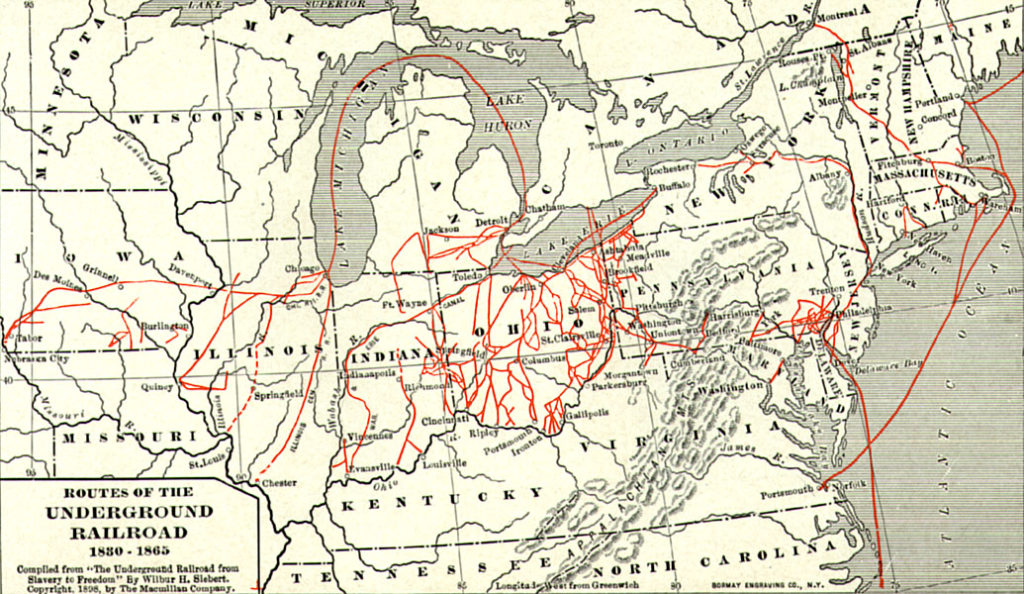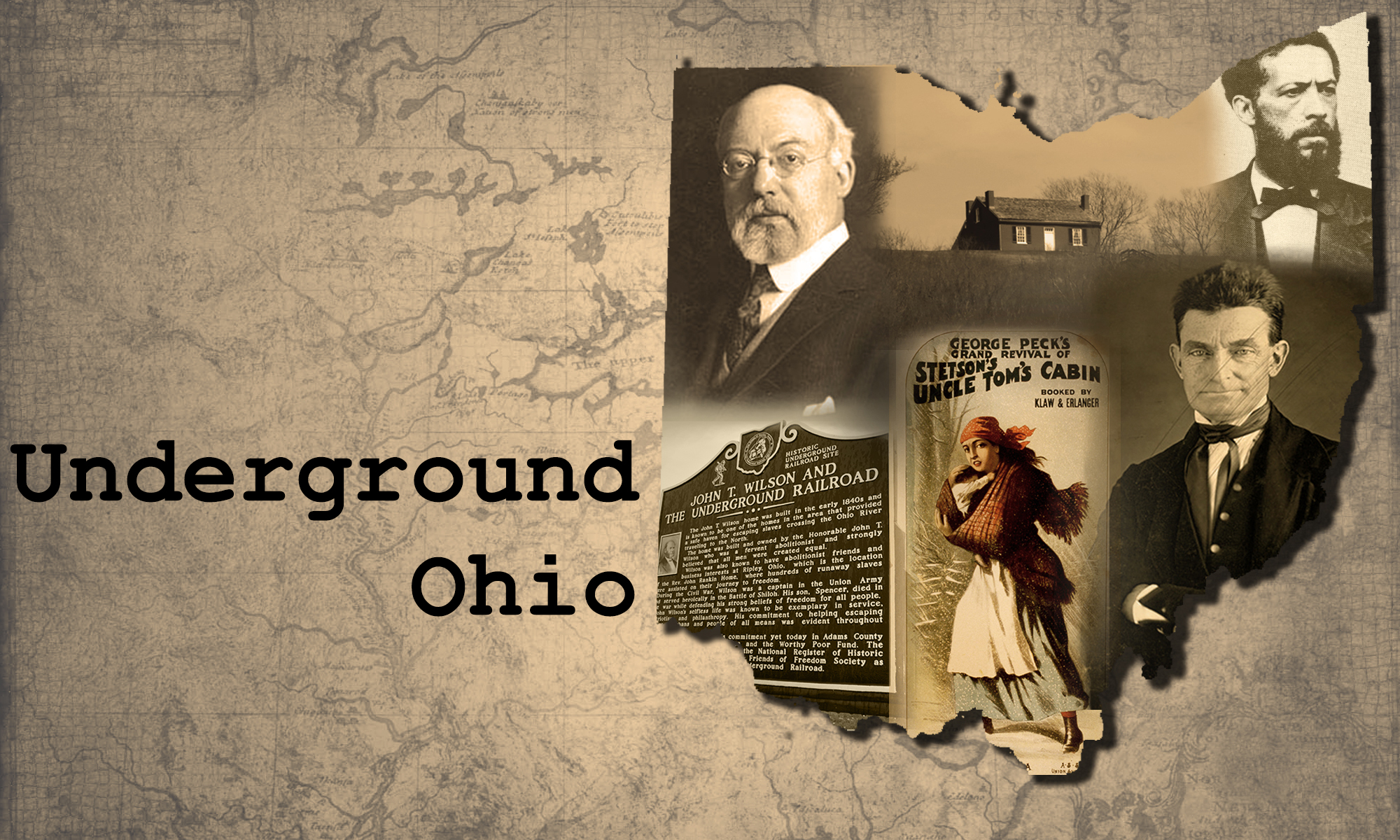
With more than 3,000 miles of passages throughout Ohio, fleeing slaves traveled in tunnels, across rivers and through dirt and mud to find freedom. 
All 88 counties in Ohio played a role in the Underground Railroad, providing places for these “fugitives” to find shelter, eat, sleep and then be on their way.
Some abolitionists crossed the Ohio River to extract slaves from Kentucky, while others placed lanterns in their windows to signal it was safe for the slaves to knock on the front door.
In the 1850s, the Fugitive Slave Act was passed. Known as the “Bloodhound Law” because of the dogs used to track fleeing slaves, it didn’t stop abolitionists from helping the freedom seekers. Key players in Ohio included John Brown, Henry Curtis, John Rankin, John Parker, William Cratty and Harriet Beecher Stowe—each one dedicated a part of their life to help those following the North Star.
Kent State reporting students in the Web Programming for Multimedia Journalism class, along with students in the Digital Sciences Capstone class, worked together to create this online project. Their goal was to illuminate, through reporting and research, Ohio’s historic role as a key player of the Underground Railroad.
Welcome!
